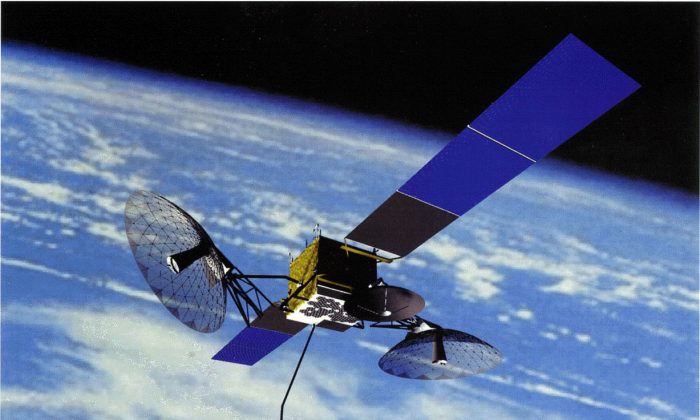
The U.S. Space Force is currently keeping track of debris from a Boeing satellite that exploded recently, impacting communications services in various regions.
Boeing’s Intelsat 33E satellite, which had been in orbit for almost eight years, disintegrated on Oct. 19, as confirmed by its operator and the U.S. Space Force.
A spokesperson from the U.S. Space Forces—Space (S4S) division stated in an email to The Epoch Times that they are monitoring 55 pieces of the Intelsat 33E satellite.
The cause of the breakup is currently unknown, according to the S4S spokesperson.
An ‘Anomaly’
Intelsat reported an “anomaly” on Oct. 19, working with Boeing to address the situation. They expressed doubt about the satellite’s recovery based on available information.
The Intelsat 33E satellite, manufactured by Boeing Space Systems, was launched in 2016 and became operational in 2017.
Intelsat announced on Oct. 21 that the anomaly led to a “total loss,” and they are analyzing the cause with the help of Boeing and government agencies.
Third-party satellite fleets have been launched by Intelsat to restore services to affected areas.
Monitoring Space Debris
The S4S uses a network of sensors and analysis centers to monitor space debris, ensuring a comprehensive understanding of the space environment.
Space-Track.org shares data to promote peaceful space use globally, supporting satellite operators, academia, and organizations.
‘Instantaneous and High-Energy’
Roscosmos reported a potential threat to spacecraft following the destruction of the Boeing satellite, documenting over 80 fragments from the Intelsat-33E satellite.
Analysis showed the destruction was instantaneous and high-energy, posing a potential threat to all operating spacecraft in the geostationary region of outer space, including Roscosmos’ group.





